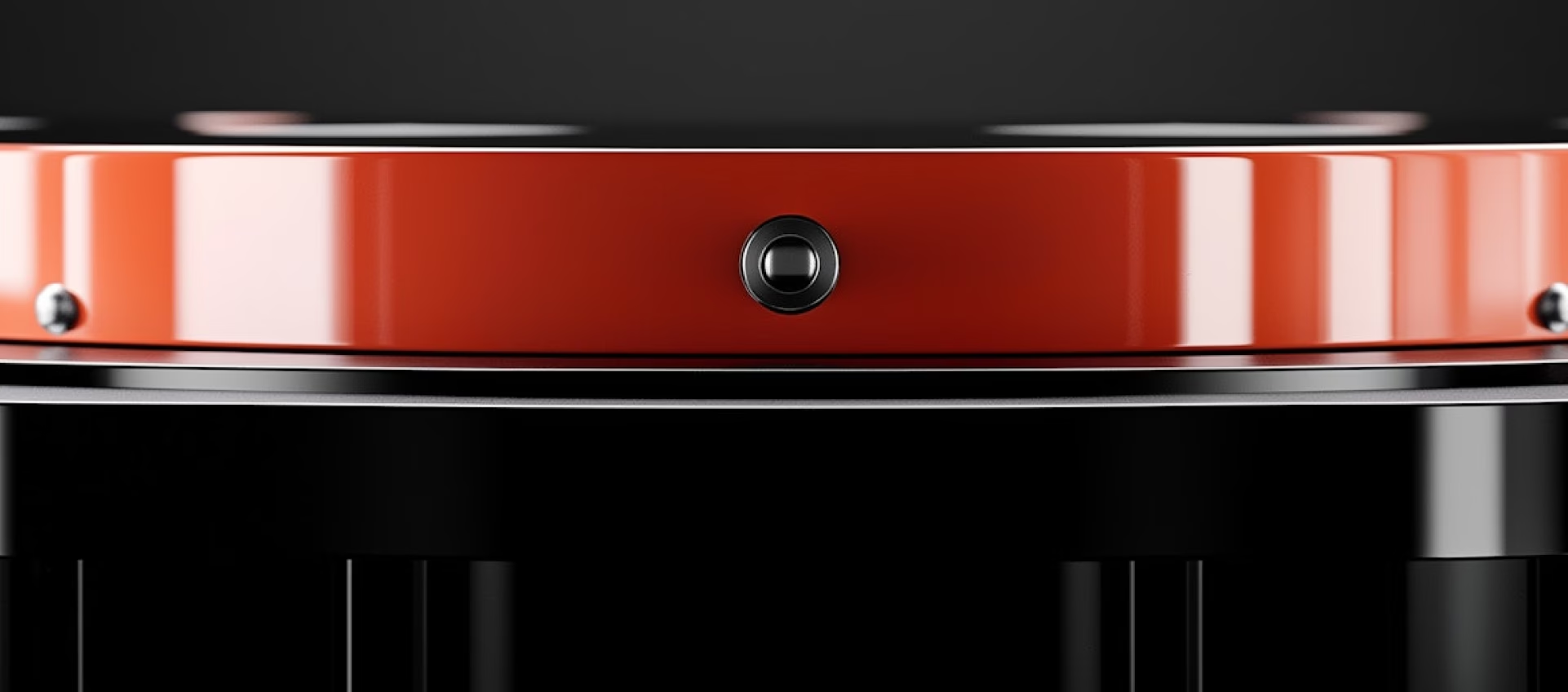Insights, process, and behind-the-scenes from the minds at Nuestudio — straight to your inbox.
Subscribe and never miss a creative spark.
.avif)
Design Less, Mean More

Minimalism Isn’t Lack — It’s Focus
Minimal design is often misunderstood. Some see it as “less work,” when in fact, it demands more discipline. It’s about subtracting with intention — choosing to show only what matters, and letting the unnecessary fall away.
By removing the noise, we allow meaning to emerge. Typography, space, and content aren’t crowded — they’re honored. This clarity is what draws people in and helps messages stick.
Quiet Design Creates Strong Impact
Loud visuals fade. But subtle design lingers. In a feed full of distractions, quiet branding cuts through — not by shouting, but by feeling intentional and confident.
Design that holds back signals maturity. It tells the audience: We’re not here to impress — we’re here to connect.
Here’s how quiet design makes itself heard:
- Intentional Typography : Clean, well-spaced type makes content easier to read — and easier to trust.
- Calm Color Palettes : Muted tones and limited palettes help focus attention and reduce fatigue.
- Whitespace as Breath : Empty space isn’t wasted space. It creates rhythm, balance, and clarity.
- Subtle Motion : Rather than overwhelm, motion used sparingly guides the eye and adds life without noise.
Less Isn’t Just Visual — It’s a Mindset
Minimalism goes beyond layout and color — it’s how you think. It’s about clarity in ideas, confidence in decisions, and trust in restraint. Choosing less means believing that the message is strong enough to stand on its own.
.svg)

.avif)
.avif)
.avif)

